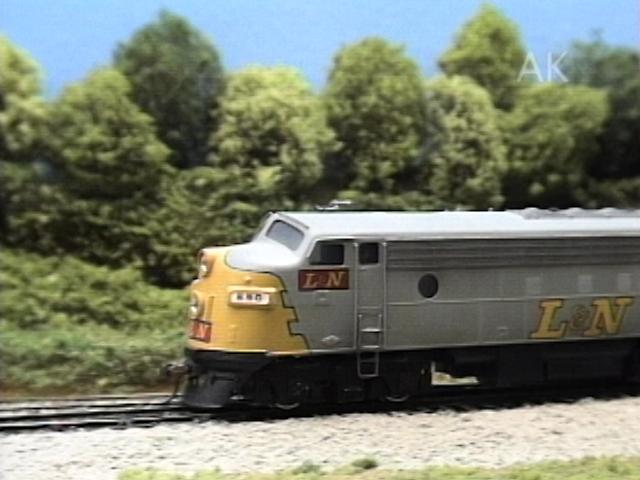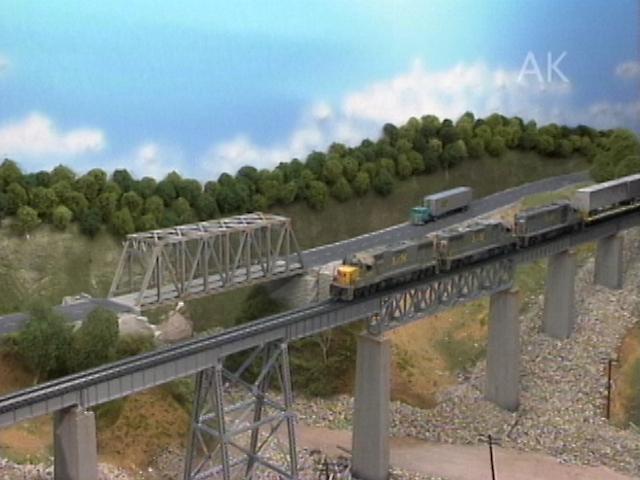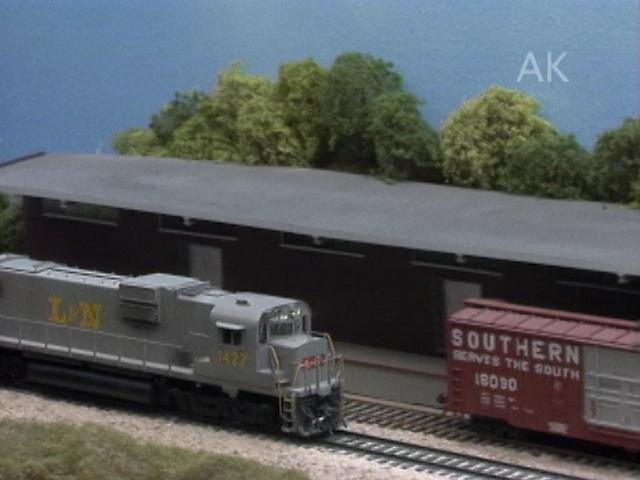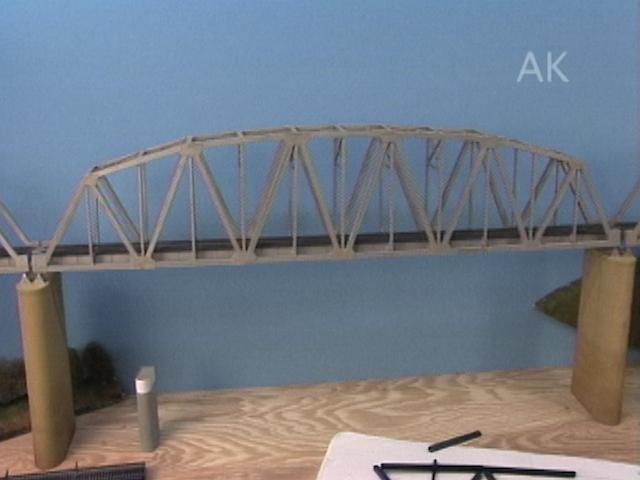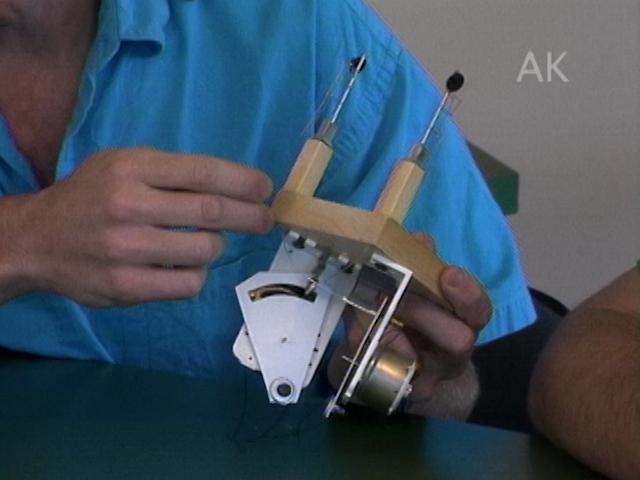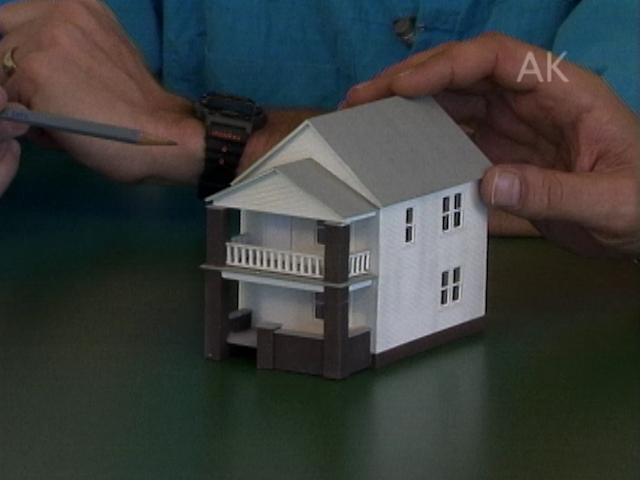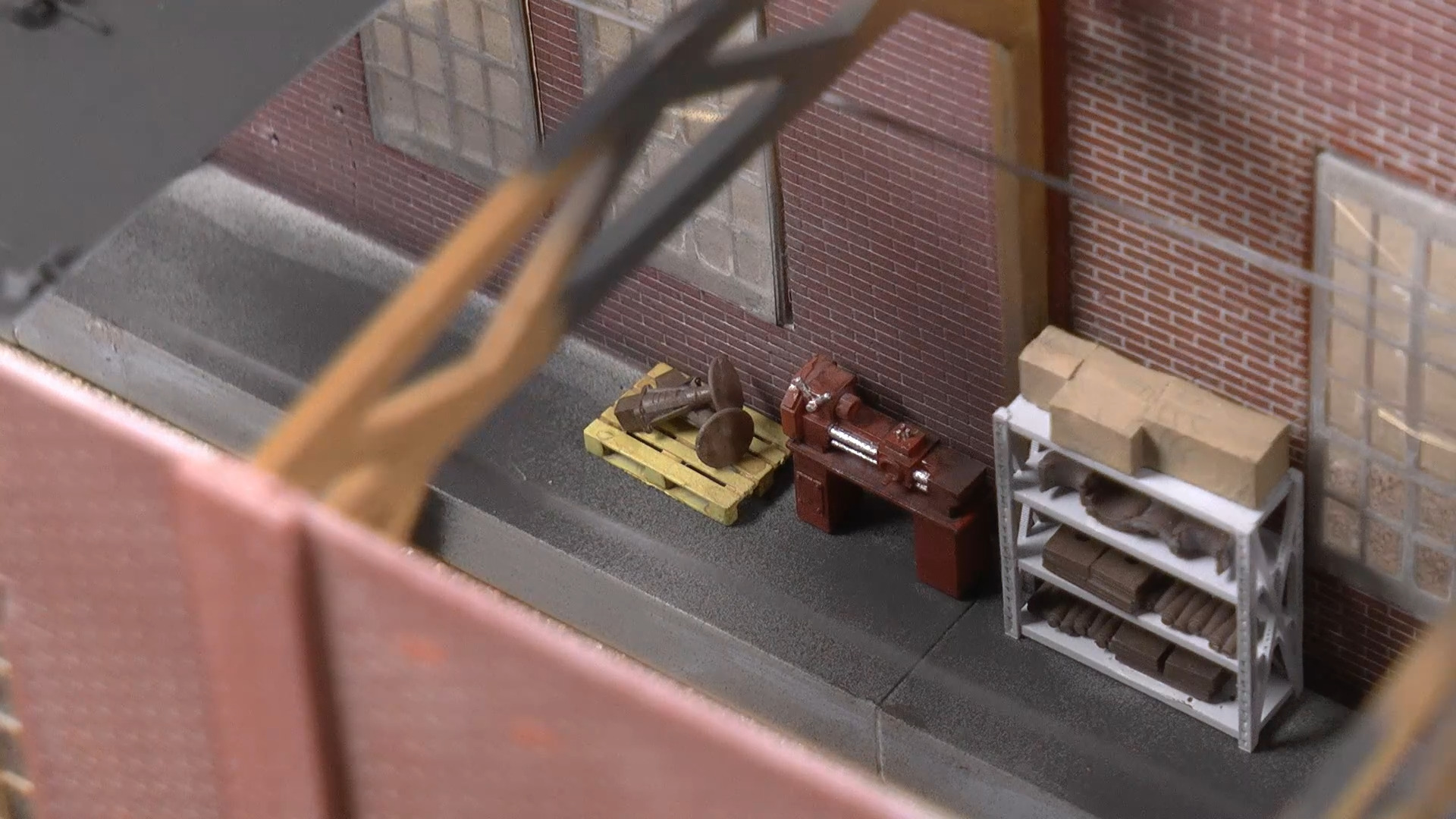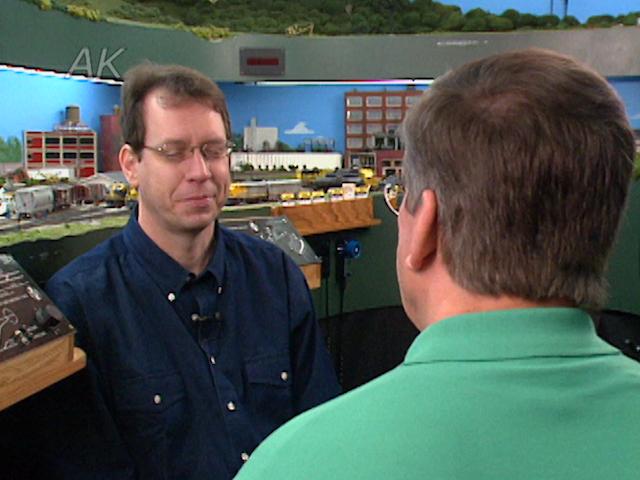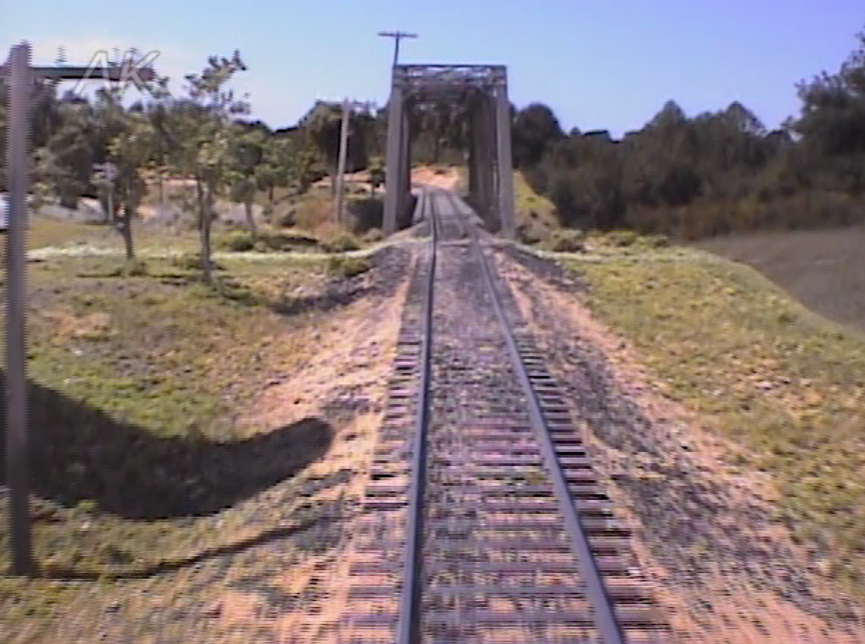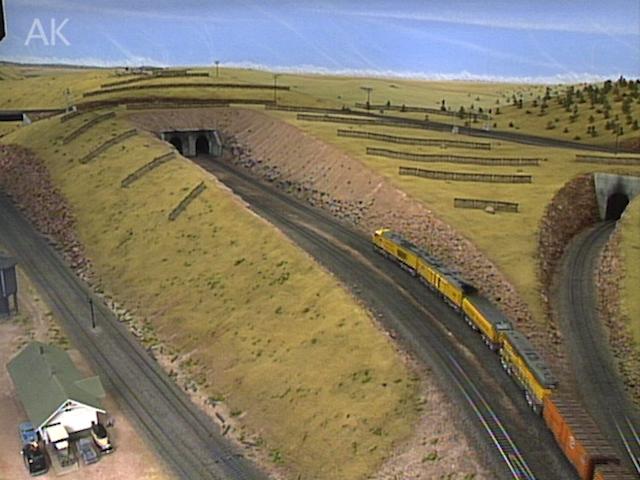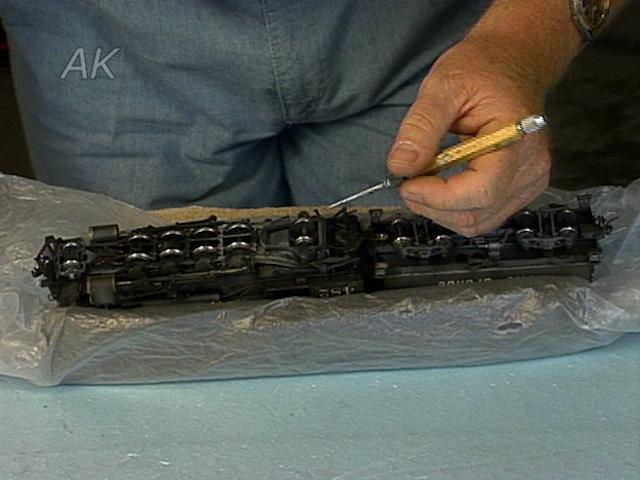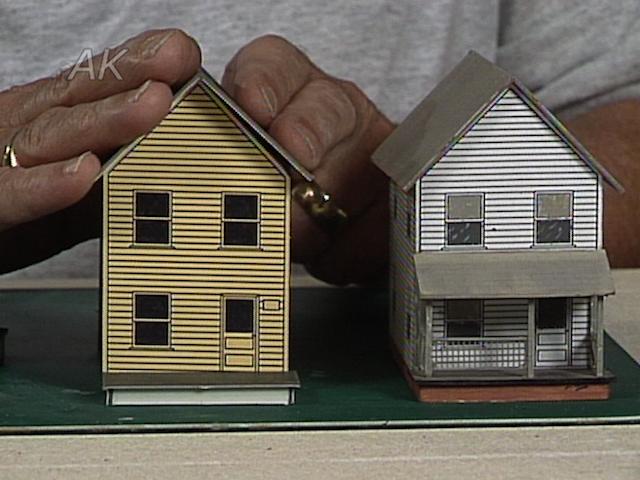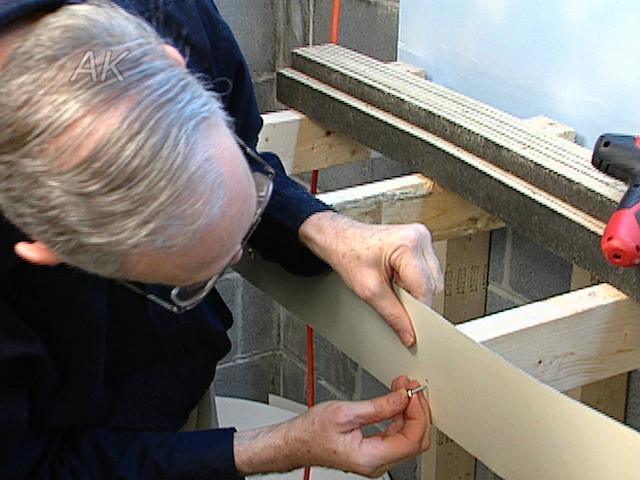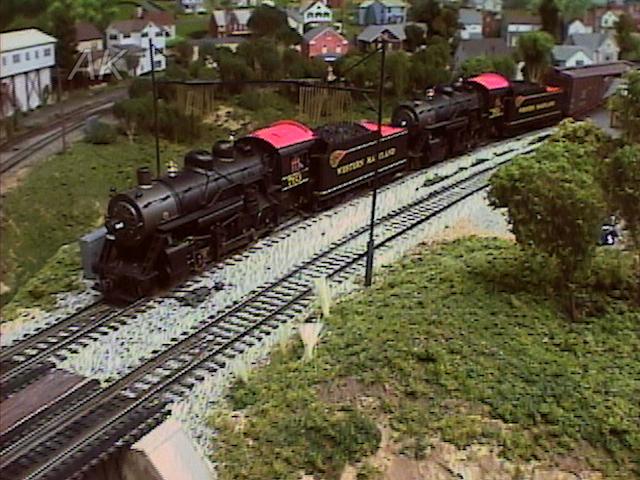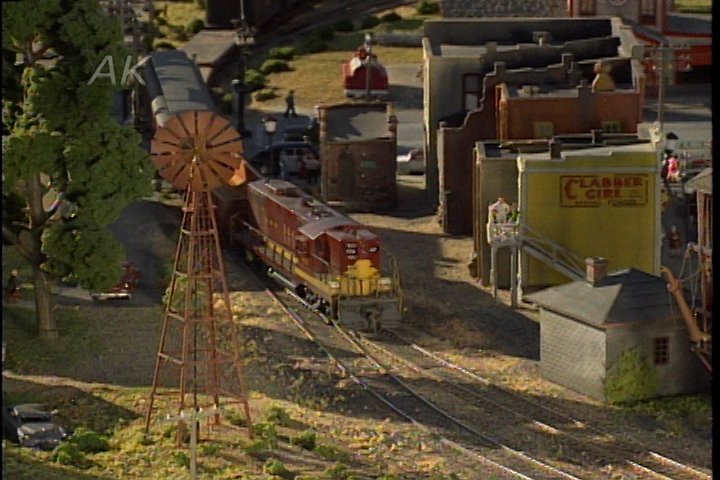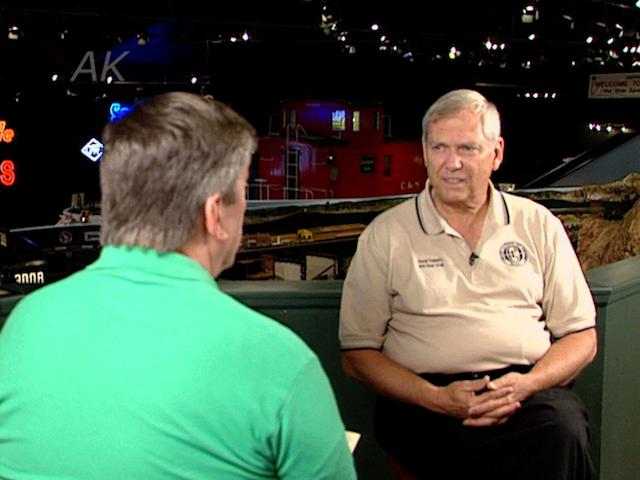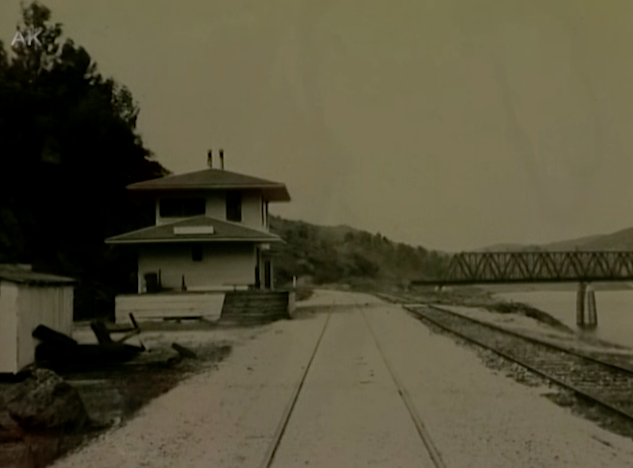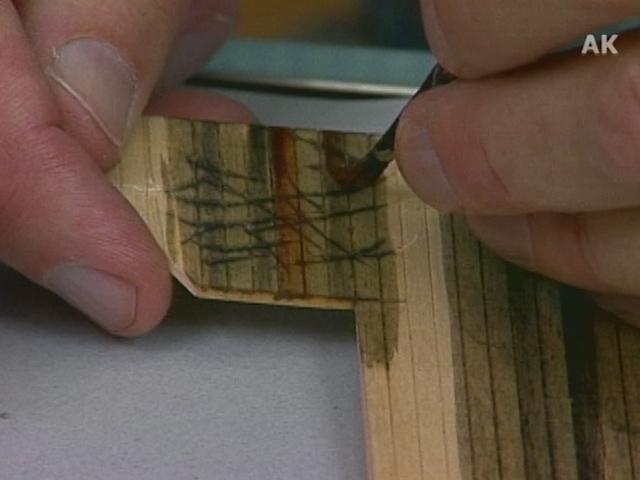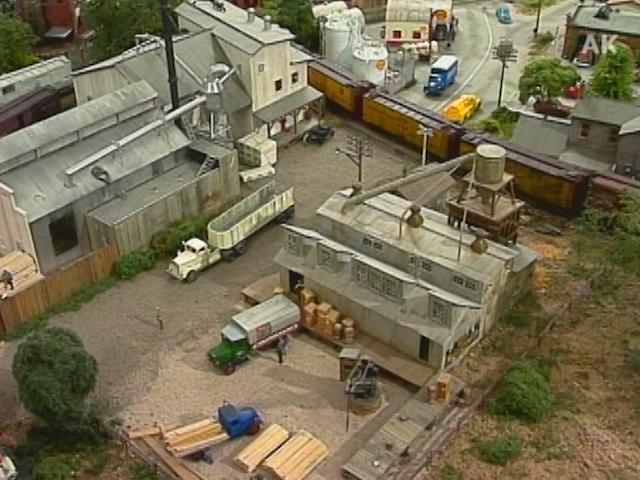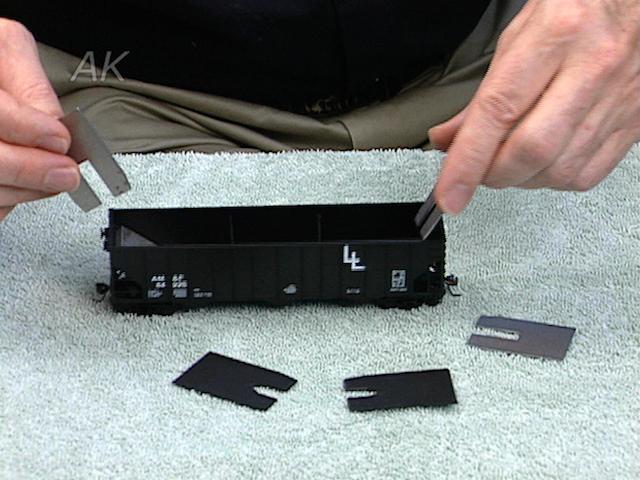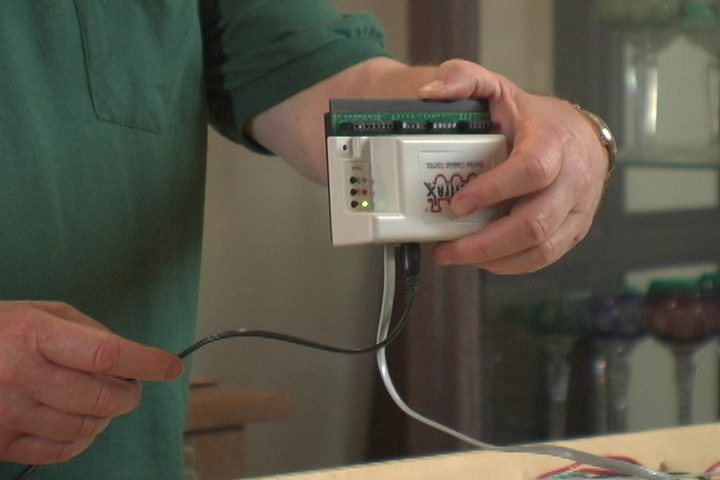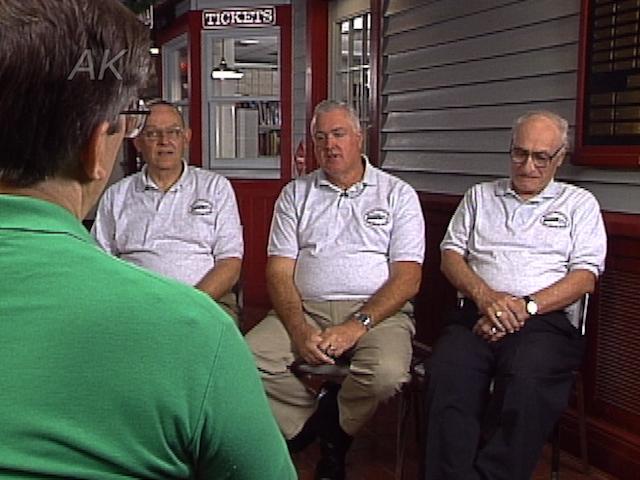
Scratch-Built Searchlight Signals
Rick RideoutRick Rideout uses scratch built searchlight signals on his L&N Henderson Subdivision. He starts by soldering a signal head to the top of a piece of tubing. He then drills a hole through a century boundary relay box and runs tubing through to connect to a relay box under the signal. Rideout uses brass wire attached to a Walther’s signal ladder and then mounts it to a unique contraption.
This mechanism lies under the road bed and runs the signals on either side of the rail. The signals use fiber optics which run down through shafts and out through the bottom to what Rideout calls a tick tock. The tick tock has a stall motor that moves a colored lens to change the colors of the signals. The lens naturally falls to red when no current is running through the tick tock. One polarity turns the lens to yellow and the other polarity turns it to green. A light shines through the film, on through the fiber optics, and up into the signal to the head. Rideout’s scratch-built signals are reliable and have worked well for him and his layout.
Explore videos by Rick Rideout
You may be interested in
Premium Membership
Unlock exclusive member content from our industry experts.
- 24/7 Access to Premium Model Railroading Videos, Projects, and Tips
- Step-by-Step Instructional Guides & Layout Plans
- 50% Off Video Downloads Purchased in the Model Railroad Academy Shop
- Access to Ask the Expert Program
Unlock exclusive member content from our industry experts.
- 24/7 Access to Premium Model Railroading Videos, Projects, and Tips
- Step-by-Step Instructional Guides & Layout Plans
- 3 Full-Length Video Downloads to Watch Offline
- 50% Off Video Downloads Purchased in the Model Railroad Academy Shop
- Access to Ask the Expert Program
Gold Membership
$326 Value
Get everything included in Premium plus exclusive Gold Membership benefits.
- 24/7 Access to Premium Model Railroading Videos, Projects, and Tips
- Step-by-Step Instructional Guides & Layout Plans
- 9 Full-Length Video Downloads to Watch Offline
- 2 Full-Length Classes to Keep for Life
- 2 Downloadable Guides
- Discounts on Purchase-to-Own Content in the Model Railroad Academy Shop
- Access to Ask the Expert Program
- Exclusive GOLD LIVE Streaming Events
